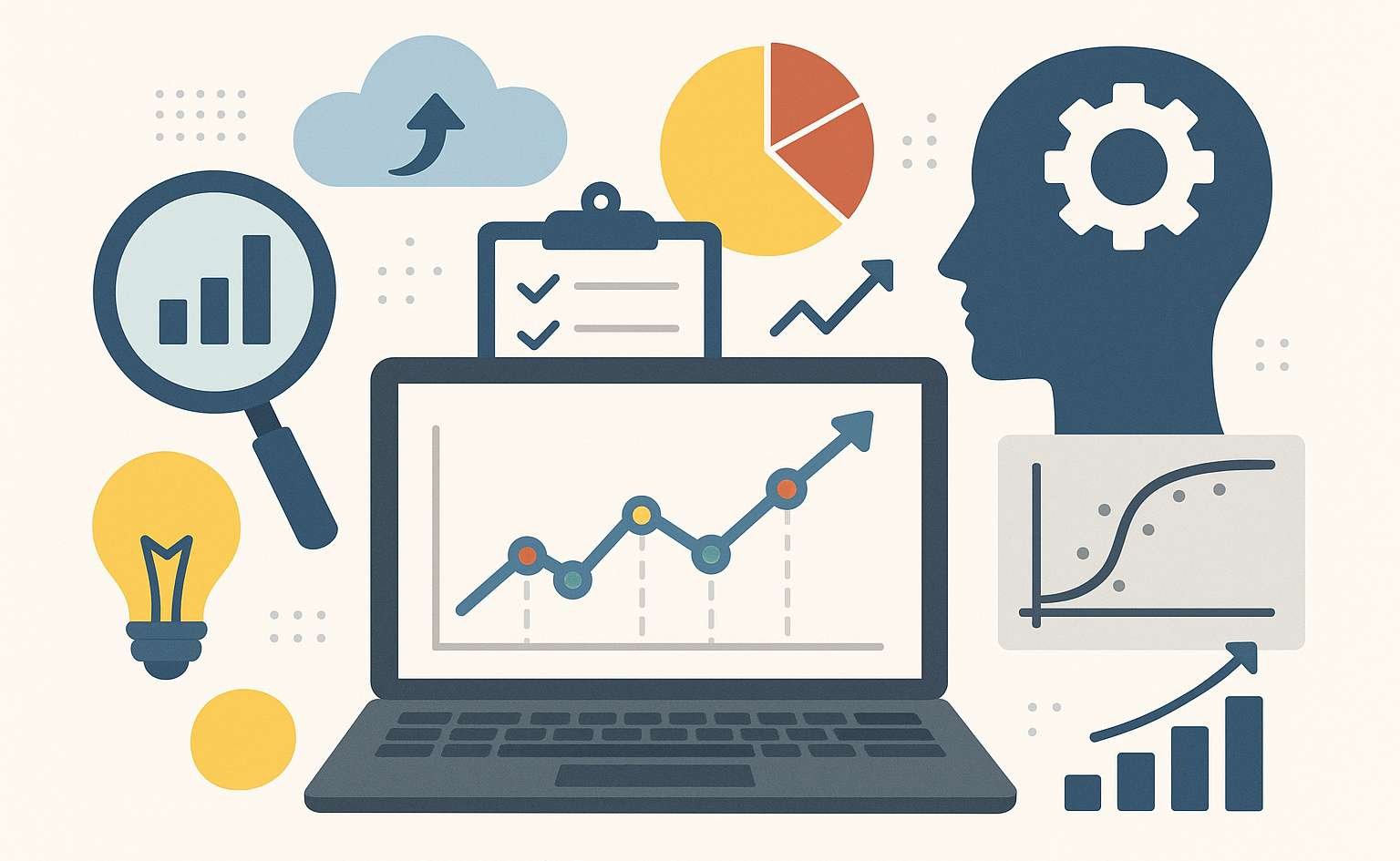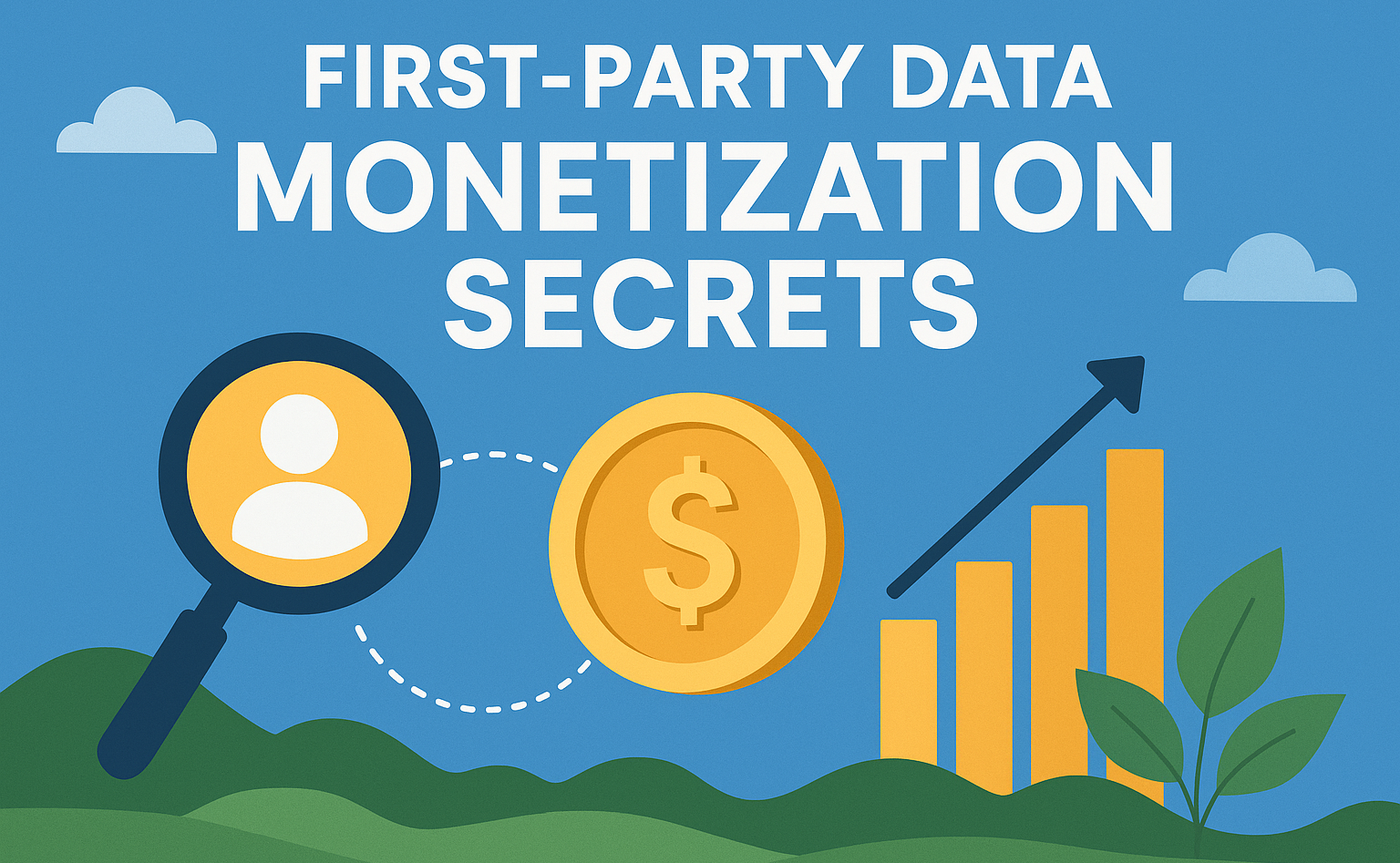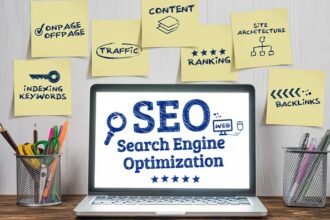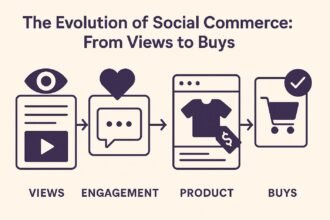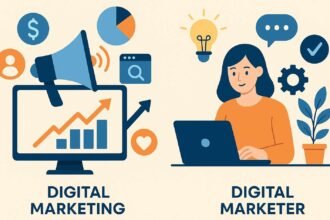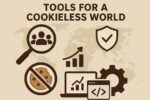In a world full of data, guessing games are out and predictive analytics is in. You don’t need crystal balls or gut feelings; you just need to know how to use data like a superpower to figure out what’s going to happen next. Predictive analytics is the secret sauce that makes the smartest businesses so smart. It helps them find their next big customer, avoid market curveballs, and outsmart fraudsters. Not just tech talk, this is a game-changer that turns raw data into useful predictions. Are you ready to jump in? Here is your playbook for learning how to use predictive analytics with a toolkit that changes as the market does.
Why Predictive Analytics is the Best Tool for Your Business
Imagine being able to tell what your customers want before they do, or seeing a problem in your supply chain before it stops your business. This is possible thanks to predictive analytics, which uses past and present data to make very accurate predictions about trends, behaviors, and risks. It’s like having a time machine for the choices you make for your business. Here’s why you need it:
- No more guessing—predictive models give you data-backed confidence so you can make better decisions.
- Stay ahead of the competition by knowing how the market will change and what customers want.
- Save money by catching problems early, like fraud or too much inventory.
The Three Key Elements of Predictive Analytics for Success
Before we look at the toolkit, let’s talk about the basics of predictive analytics. Think of these as the three legs of a stool. Each one is important for keeping things stable.
1. Data Collection and Prep
If you put in junk, you’ll get junk. For your predictions to be good, you need clean, useful data. This means getting data from customer records, website analytics, social media, and other sources, cleaning it up to get rid of mistakes and fill in the blanks. It’s boring, but it has to be done.
2. Model Building and Training
This is where the data gets its PhD. Algorithms look for patterns in your data and make models that don’t just remember them but also understand them to guess what will happen next. It’s like teaching your data how to think for itself.
3. Deployment and Monitoring
A model that is just sitting on a server is useless. Use it in your business, whether it’s to run a recommendation engine or flag fraud, and keep an eye on it. As data changes, models can go off course, so it’s important to check in on them often.
The Must-Haves for Your Predictive Analytics Toolkit
Here is the toolkit you will need to turn data into foresight. Every tool has a different job, and when they work together, they make a powerful prediction machine.
- Analysis of Regression
Regression is the most important part of predictive analytics. It predicts numbers, like sales for the next quarter based on ad spending or the time of year. It may be simple, but it is very powerful and is the basis for many complex models.- Use Case: Predicting revenue or the value of a customer over their lifetime.
- Tip: Start with linear regression and then move on to multiple regression for more detailed information.
- Algorithms for Classification
When you need to put things into groups, like “will buy” and “won’t buy,” classification algorithms are the best way to do it. Logistic regression, decision trees, and random forests are used for everything from predicting churn to filtering out spam.- Use Case: Finding loan applicants who are likely to default or flagging transactions that are likely to be fake.
- Tip: Random forests are great for working with data that isn’t clean.
- Analyzing Clusters
This amazing piece of unsupervised learning groups data points that are alike without any labels. It’s great for finding patterns, like dividing customers into groups for targeted marketing.- Use Case: Making customer profiles based on how they buy things.
- Pro Tip: For quick and effective segmentation, use k-means clustering.
- Making Predictions About Time Series
Time series models like ARIMA or Prophet are great for anything that has to do with time, like sales trends or website traffic. They help you plan ahead with accuracy.- Use Case: Figuring out how much stock you need or when demand will go up during the holidays.
- Pro Tip: Prophet is easy to use and does a great job of dealing with missing data.
- Natural Language Processing (NLP)
Have a lot of text data? NLP makes customer reviews, support tickets, and social media posts into useful information, like sentiment analysis or topic categorization.- Use Case: Finding out how customers feel about a new product launch.
- Tip: Use pre-trained models to save time.
- Platforms for Machine Learning
You don’t have to write all the code from scratch. Google’s Vertex AI, Amazon SageMaker, and Microsoft Azure Machine Learning are all platforms that have pre-built algorithms, AutoML, and deployment tools to help you get your projects done faster.- Use Case: Making and putting models into use without a PhD in data science.
- Pro Tip: AutoML can save your life if you have a small team or a short deadline.
- Tools for Visualizing Data
It’s not enough for numbers to speak for themselves; they need visuals to do it. Tableau, Power BI, and Looker are some of the tools that can turn predictions into charts and dashboards that your CEO will love.- Use Case: Showing stakeholders sales predictions.
- Tip: Make sure your visuals are clear and focused on the main points.
- Data Infrastructure That Can Grow
Big data needs a lot of space to store it. Cloud-based tools like Snowflake, BigQuery, and Amazon S3 can handle huge datasets, which makes sure your models work well.- Use Case: Keeping and processing customer data so you can make predictions in real time.
- Tip: Use a cloud data warehouse first for more flexibility and growth.
Where Predictive Analytics Really Works
Here’s a quick look at how predictive analytics can help businesses make a lot of money:
| Industry | Application | Impact |
|---|---|---|
| Marketing | Making guesses about high-value leads | More people who buy |
| Marketing | Detecting fraud in real time | Millions saved by stopping losses |
| Marketing | Forecasting demand in the supply chain | Lower costs for stockouts and overstock |
| Health care | Guessing the risks for patients | Proactive care leads to better results |
What Will Happen Next with Predictive Analytics?
The toolkit is changing quickly. Here’s what’s coming up:
- Explainable AI (XAI): Models that not only make predictions but also explain why they do so, which builds trust and clarity.
- Edge Computing: You don’t need the cloud to make real-time predictions on devices. For example, your phone could get instant fraud alerts.
- Seamless Integration: Predictive analytics will be built into every business tool, just like email is now.
Putting It All Together: Your Path to Predictive Power
Data is more than just numbers; it’s your way to outsmart the competition. With the right predictive analytics toolkit, you can stop reacting and start acting. You can anticipate what customers need, avoid risks, and take advantage of opportunities. Each part of the puzzle, from regression to NLP to cloud storage to slick visuals, helps you turn raw data into a plan for success. In a world where things are always changing, predictive analytics isn’t just a nice-to-have; it’s the key to success in today’s market. So, get this toolkit, use your data, and start making the future today.


